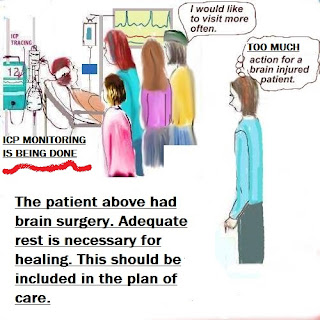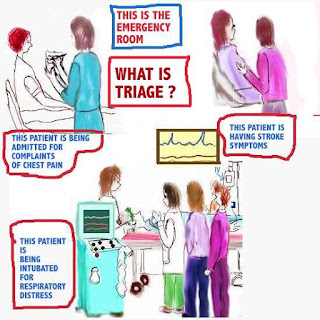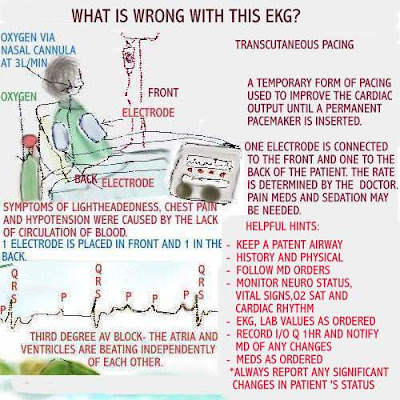Updated 8/25
Dearnurses.net is no longer available.
Poor circulation may occur for a number of reasons.
The patient in heart failure, is at risk for stroke.
Myocardial infarction
A MI (myocardial infarction ) is also known as a heart
attack. It results from obstruction to blood flow. Fatty
deposits may cause this.
Death of the heart muscle surrounding the obstructed
blood vessel will result. Symptoms such as lack of oxygen,
shortness of breath and chest pain will occur.

Reperfusion Therapy is a form of treatment used
for patients who have a myocardial infarction with
STEMI ( ST segment elevation myocardial infarction).
See above image for an example of STEMI.
STEMI
Typically, the patient with a completely blocked
coronary artery, would demonstrate STEMI on
the EKG. Death of the heart muscle caused by a
blood clot, would obstruct blood flow and cause
lack of oxygen.
Severe chest pain, shortness of breath and possible
fainting may occur. Quick intervention would be
necessary to prevent further damage.
TPA
TPA ( Thrombolytic Plasminogen Activator) is
a " clot buster" that is used in the treatment of
embolic stroke and myocardial infarction with
STEMI.
TPA is not without its side effects.
Bleeding,




































.JPG)









